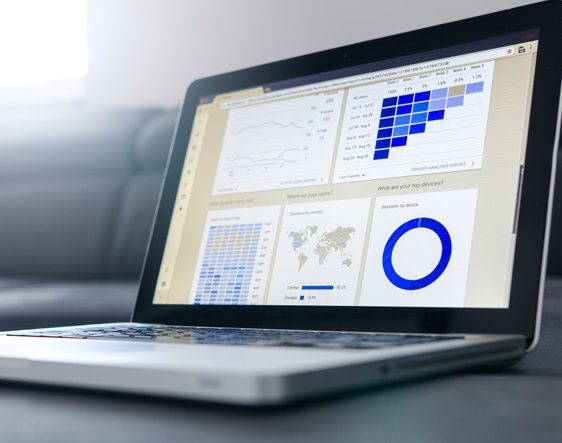In HR, machine learning is perhaps the most successful branch of AI. It can help identify which candidates are most likely to be successful for a position; or similarly, ascertain which employees may not be suitable for a role in the next few years. Through feeding information to the system it can cast predictions and help shape HR performance. Contributor Sean Harman, Senior Director, HCM, EMEA at Infor.
Predictive talent analytics and employee flight risk models can revolutionise workforce planning. The fact that you can robotically feed data to a classifier and get useful, insightful results is hugely valuable. However, with the real world being a complex place, plenty of human intervention will be required for a flight risk model to work under a diverse set of scenarios.
For example, in the case of the termination prediction model, do you know how your data was generated? Which distributions describe each variable? Do latent variables exist which may have biased your data? Is your model biasing your predictions? If so, how?
Winners will anticipate these questions and design a scalable, multi-stage data pipeline around their model, allowing them to detect patterns and anomalies in the dataset at any stage. Those that do will generate insightful results for their organisation and increase the effectiveness of their recruiting and talent management processes.
Learning Optimisation
Learning management systems and coaching modules have been used for years by the HR industry to provide career pathing and development for an employee to help them excel in their current role and aspire towards a promotion. In this case, AI can leverage increasingly mature big data technologies to crunch massive diverse data sets, such as terabytes of resumes, performance reviews, and tons of historical data to unveil a personalised learning and coaching module optimised for a role and experience level. This seems pretty automatic, right?
Sadly, even in this scenario, winners will understand that they need to employ a top-notch development team that takes the time to craft a highly organised and layered data architecture. Data lakes, in particular, illustrate the thin line between a successful data architecture and an unsuccessful one. While the ability of a company to gather its data sources into one place is an accomplishment worth celebrating, the next step in the process is even more critical—labelling and organising your data. This seemingly simple process turns out to be crucial for any enterprise to run a successful big data operation and will be vital to those organisations looking to revolutionise employee development processes through optimised learning.
Sentiment Analysis for Employee Engagement
Sentiment analysis techniques have been used in recent years to uncover positive and negative emotions and biases in everything ranging from tweets to Yelp reviews. While several companies have ventured into this space, in the coming years we will see the rise of its application at a broader level in the HR space to measure the feelings and engagement levels of employees. Does the employee like the company? How about the job itself? Is the employee upset about a lack of opportunity?
How does sentiment analysis for employee engagement work? Essentially, in a given employee’s response, substantive words in a response are mapped to a lexicon and words are given a positive or negative score. Some scoring mechanisms are simplified, assigning simple + or – rating to a word. Others are more layered, assigning a range of positive and negative scores (-5 to +5).
In practice, sentiment analysis to measure employee engagement can be quite effective. But what is less publicised are the ways in which biased, or even blatantly incorrect results can be generated. Instead of blindly mapping words to sentiments, winners understand that capturing as much fine-grained context in the language as possible will lead to better, more accurate insight into employee engagement levels.
A Balanced Approach
As systems develop and more data becomes available, AI will continue to impact HR in numerous ways. Taking the time to understand the benefits and pitfalls to various approaches is every bit as important as building the right algorithms and underlying data architectures. But, the end result will reap numerous benefits for companies willing to put in the effort.







